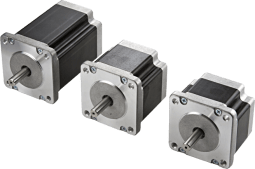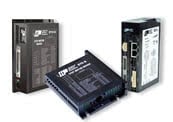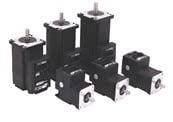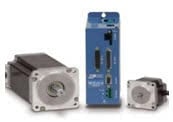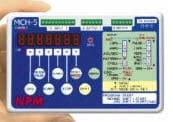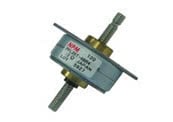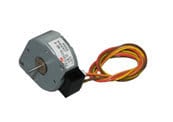Please be aware we use cookies to make your experience better. A cookie is a piece of data stored on a visitor's hard drive to help us improve your access and identify repeat visitors. Cookies can also enable us to track and target the interests of our users to enhance the experience on our site. Usage of a cookie is in no way linked to any personally identifiable non-public information. Learn more.
Stepper systems, which include a step motor and a stepper drive, are typically designed to operate as either open or closed loop systems. Open loop systems operate without using any feedback to verify if the desired output or motion has been achieved. This makes them simpler and generally less expensive to implement, hence they are a more common choice for many step motor systems.
However, their performance may be compromised if the system encounters an unexpected resistance or obstacle that interferes with the motor's motion. Without feedback, the system would not be able to correct any errors or deviations from the intended motion. In contrast, closed loop systems employ feedback mechanisms, typically through the use of an encoder, to ensure the desired output or motion has been reached. This feedback is used by the control system to adjust its output as necessary, allowing it to correct any deviations and maintain precise control over the system's motion.
A Step Motor, with its windings situated in the stator and magnets connected to the rotor, is recognized for its distinctive characteristic of fixed mechanical motion increments, or "steps". These steps are typically measured in degrees. A step motor, in combination with a stepper drive, rotates in angles that are proportional to the stepper pulses. A standard full-step system often completes 200 steps per revolution, which translates to approximately 1.8 degrees for each full step.
Step motors are engineered to produce the same amount of acceleration torque as they do running torque, eliminating the need for maintenance. Speed calculation is straightforward with step motors; it's simply a matter of dividing steps per revolution by the pulse rate. Moreover, step motors can perform minute incremental movements without the need for a feedback encoder, and they can quickly reach high speeds. They are also capable of holding loads in a stationary position without overheating, and they excel in delivering high torque at low speeds.
Stepper drives, paired with step motors, facilitate rotation in predefined angles. Various types of stepper drives exist, including:
- Microstep Drivers: These power the step motor winding to generate torque. They position the step motor at smaller increments between full steps, thereby offering higher resolution, albeit with reduced torque. Though it doesn't enhance step accuracy, it can make the motor run quieter, mitigate low speed resonance effects, and provide smoother rotation. Microstepping and microstepping drives are commonly utilized to boost a motor's resolution.
- Drivers with Oscillators: These use an oscillator to generate pulses that drive a step motor at a preset speed. Oscillators can be integrated into a microstepper drive's hardware structure.
- Full/Half Step Drivers: These facilitate both full step operation (1.8° per full step) and half step operation (0.9° per full step).
For more information, browse our selection of stepper motors & drives below!
Stepper Motor & Drive Categories
Stepper Motors Suppliers
|
Stepper Drives Suppliers
|

